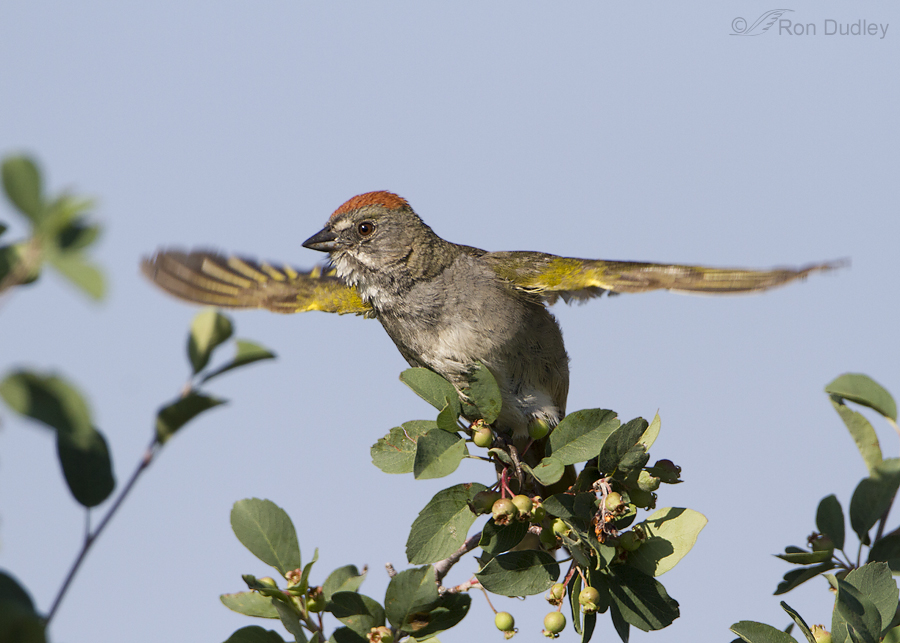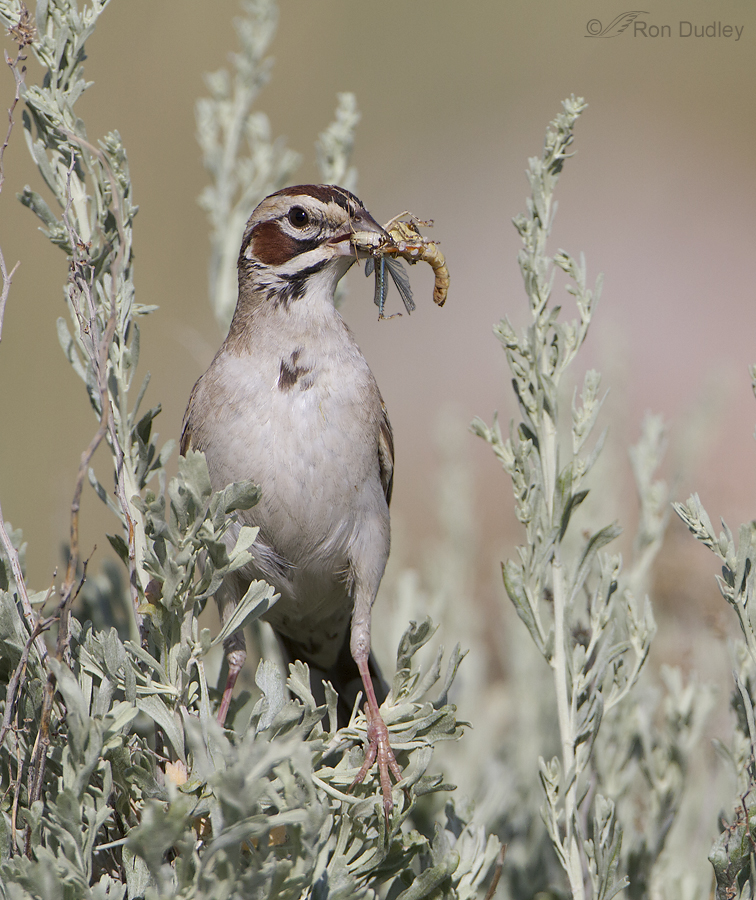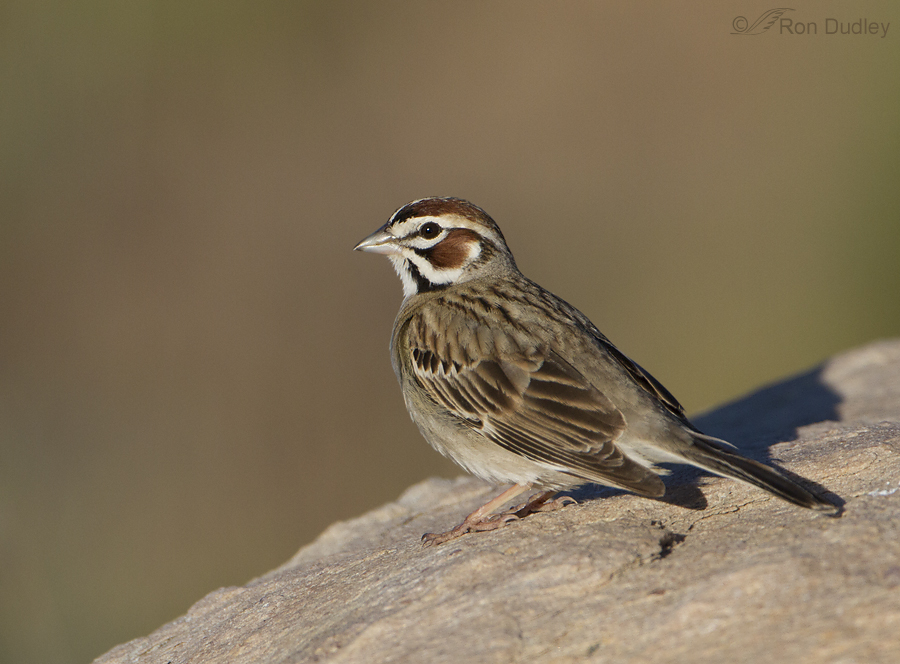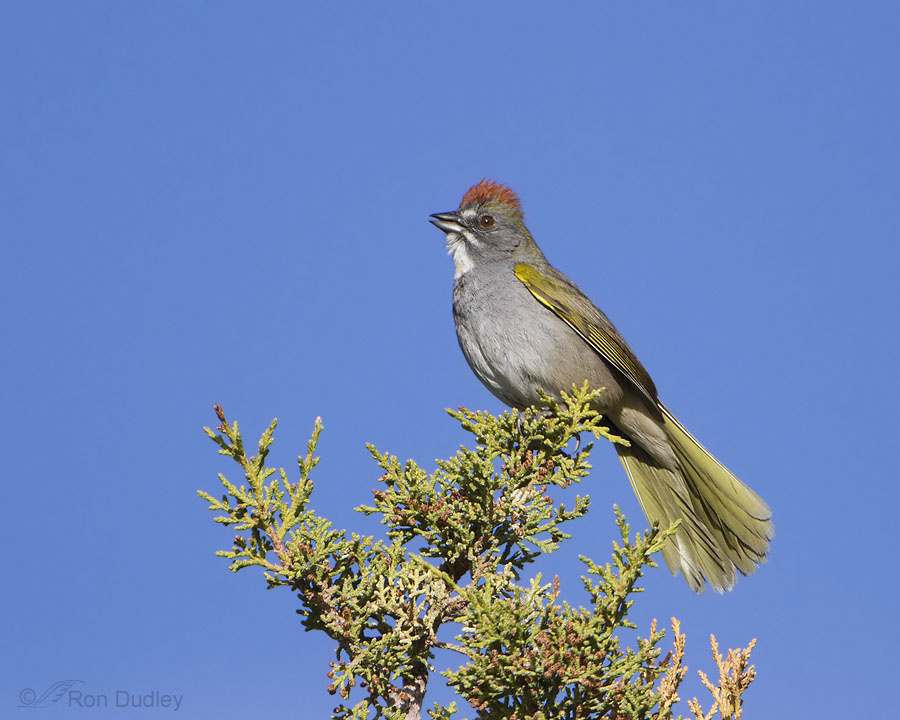I have a serious case of unrequited spring fever. It’s been a long and dreary winter and it’s not over yet so when I stumbled across these images from last spring a few days ago I decided they were worthy of a post. Canon 7D, 1.4 tc, tripod, 1/2500, f/8, ISO 640 It was just after a spring rain in May last year when the sun came out and I noticed this male White-crowned Sparrow fluttering around in my neighbor’s lilac bush so I quickly grabbed my gear and started firing away. Canon 7D, 1.4 tc, tripod, 1/3200, f/8, ISO 640 The sparrow seemed so ecstatic over his bath that he let me get close and pretty much ignored me. Canon 7D, 1.4 tc, tripod, 1/2500, f/8, ISO 640 The leaves and especially the flowers were loaded with water and the sparrow was taking full advantage of the situation. Canon 7D, 1.4 tc, tripod, 1/2000, f/8, ISO 640 And the ecstasy continues. I guess there’s just something special about bathing in lilac water… Canon 7D, 1.4 tc, tripod, 1/2000, f/8, ISO 640 Canon 7D, 1.4 tc, tripod, 1/2000, f/8, ISO 640 Canon 7D, 1.4 tc, tripod, 1/2500, f/8, ISO 640 Canon 7D, 1.4 tc, tripod, 1/2500, f/8, ISO 640 Some of these photos are far from perfect – the light was harsh, the bird was side-lit, I often didn’t get a catch light in the eye and the contrast was high, especially…
Continue reading





